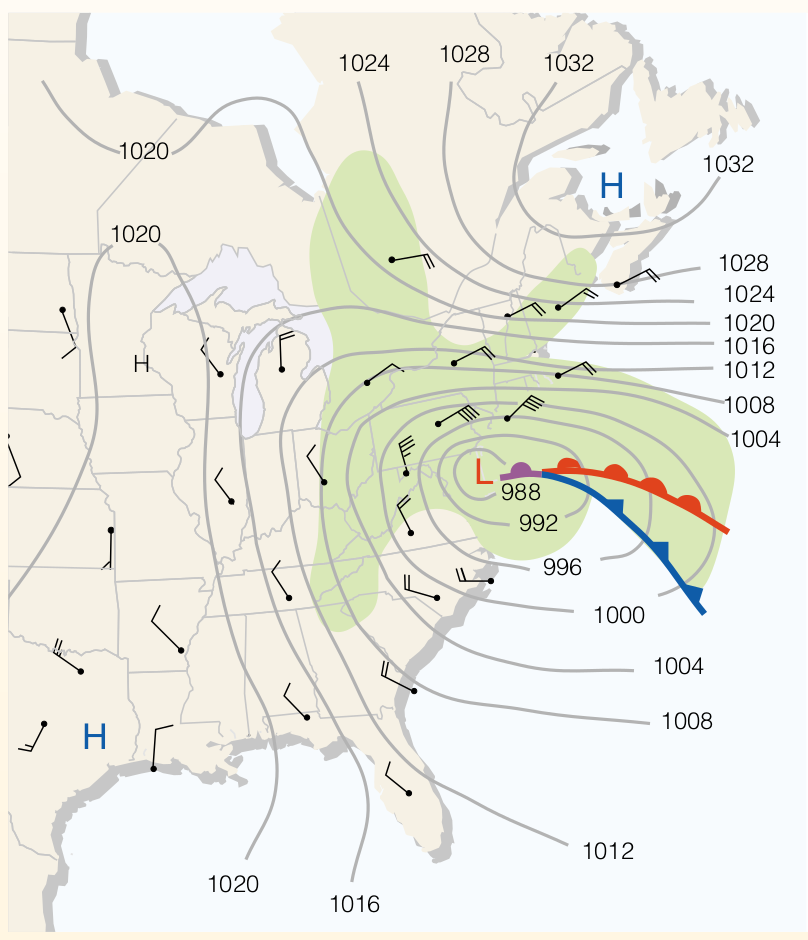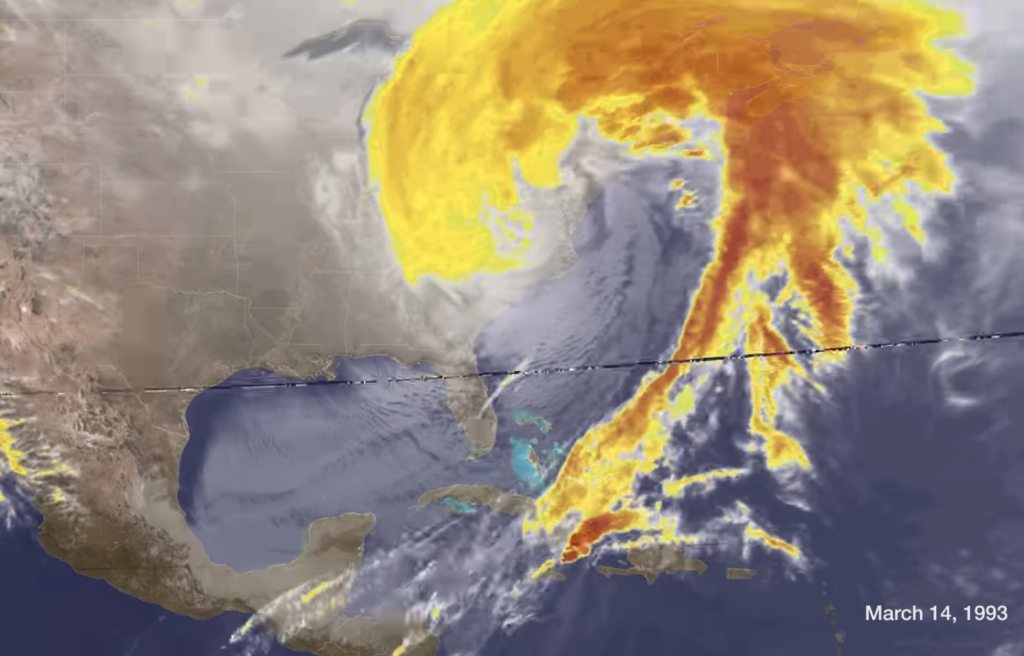Introduction: Nor’easters, short for “northeasters,” are powerful and impactful coastal storms that affect the northeastern United States. In this educational post, we’ll delve into the fascinating world of Nor’easter storms, exploring their characteristics, formation, impacts, and the unique challenges they pose.
Characteristics of Nor’easters: A Nor’easter is a type of extratropical cyclone that typically develops along the East Coast of North America, particularly in the northeastern regions. Here are some key characteristics:
- Counter-Clockwise Rotation: Nor’easters have a counterclockwise rotation and are large-scale weather systems.
- Strong Winds: These storms can produce strong and sustained winds, often reaching gale or even hurricane force.
- Heavy Precipitation: Nor’easters are known for their heavy precipitation, which can result in rain, snow, or a mix of both, depending on the temperature.
- Coastal Impact: They have a significant impact on coastal areas, causing coastal erosion, beach erosion, and potentially dangerous storm surges.
- Duration: Nor’easters can persist for several days, with some of the most memorable ones lasting for extended periods.

Formation of Nor’easters: Nor’easters typically form when cold, dry air from the north meets warm, moist air from the Atlantic Ocean. The collision of these air masses sets the stage for storm development. Here’s how it happens:
- Strengthening Low-Pressure System: A low-pressure system intensifies along the boundary where the warm and moist maritime air meets the cold, dry continental air.
- Counterclockwise Rotation: As the low-pressure system deepens, it starts to rotate counterclockwise, drawing in moisture from the ocean.
- Cyclogenesis: The developing storm system intensifies, and the strong temperature contrast between the two air masses fuels its growth.
- Coastal Impact: As the storm approaches the coast, it can bring heavy precipitation, strong winds, and coastal flooding.
Impacts and Challenges: Nor’easters can have significant impacts on coastal communities, transportation, and daily life. Some of the challenges they pose include:
- Flooding: Coastal flooding due to storm surges and heavy rainfall can lead to property damage and road closures.
- Power Outages: Strong winds can cause power outages, affecting thousands of homes and businesses.
- Travel Disruptions: Air travel, road travel, and public transportation can be severely disrupted during Nor’easters.
- Beach Erosion: These storms can result in beach erosion, which can have long-term consequences for coastal communities.
Take Home: Nor’easters are awe-inspiring meteorological phenomena that demonstrate the power and complexity of our atmosphere. Understanding their characteristics, formation, and impacts is essential for coastal residents and anyone interested in weather science.
We hope this exploration of Nor’easter storms has shed light on these coastal weather systems and their significance in the northeastern United States. If you have further questions or topics you’d like us to explore, please feel free to reach out. Stay weather-aware and stay safe when Nor’easters approach the coastline!


